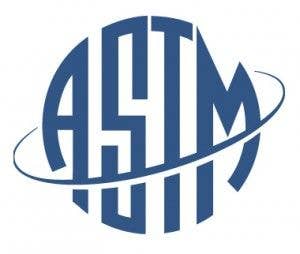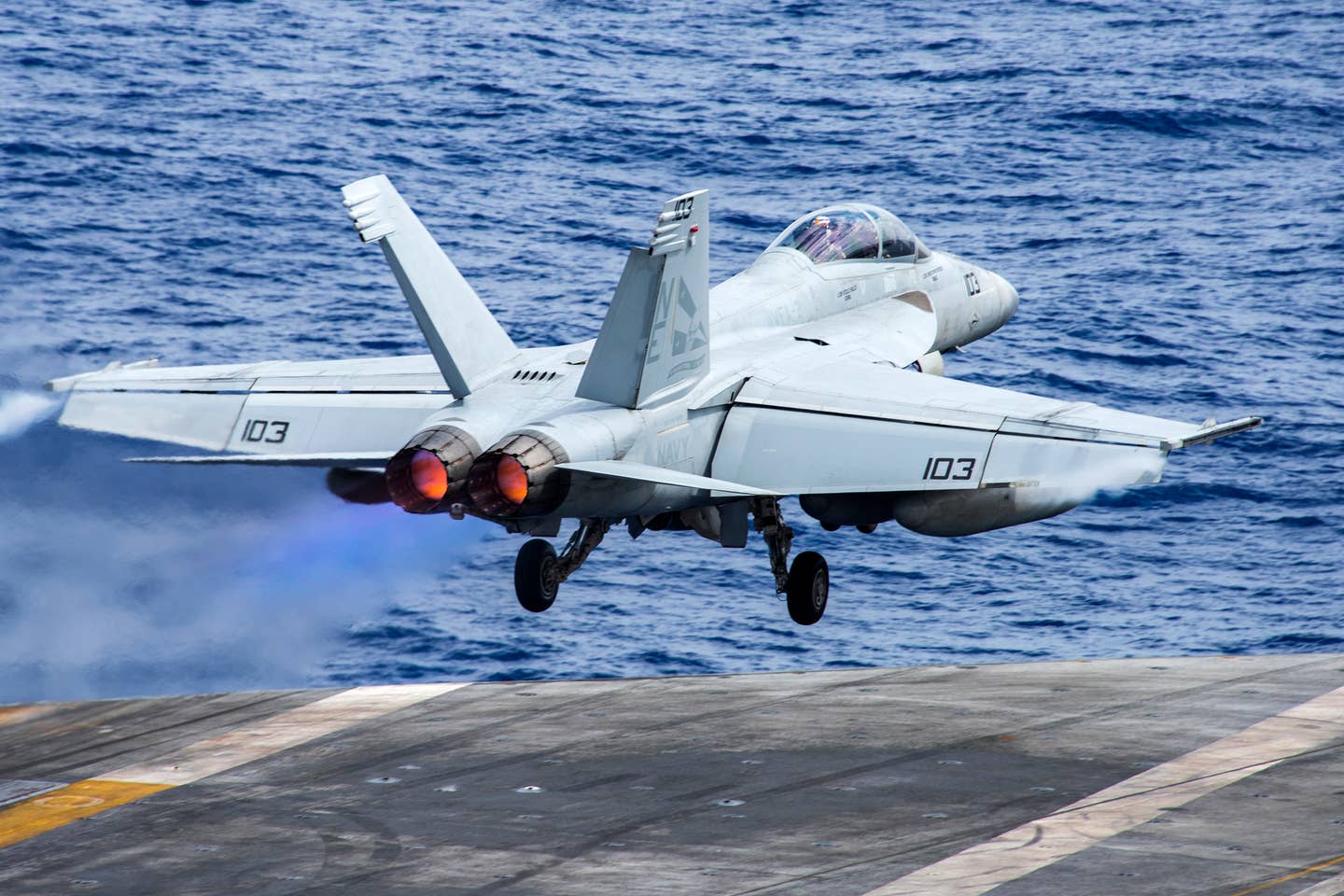Lyondell Temporarily Withdraws Unleaded Fuel ASTM Test Specification
Lyondell, one of the partners in development of a potential unleaded avgas replacement, has temporarily suspended its application for a test fuel specification from ASTM International. Lyondell, which is working…

Lyondell, one of the partners in development of a potential unleaded avgas replacement, has temporarily suspended its application for a test fuel specification from ASTM International. Lyondell, which is working with Basell and VP Racing to approve the fuel through the Piston Engine Fuels Initiative (PAFI), submitted a test fuel specification to the consensus standards organization but apparently did not get a favorable response. Curt Castagna, the co-chair of Eliminate Aviation Gasoline Lead Emissions (EAGLE), an industry initiative charged with achieving an unleaded replacement for 100LL by 2030, said the FAA confirmed that Lyondell's fuel spec application has been paused.
"Lyondell had balloted its ASTM Test Spec and had received some negative comments, so have pulled it and are addressing the feedback and plan to re-ballot in the near term,” Castagna quoted an FAA official as telling him. ASTM is made up of industry, consumers and users of the products for which it creates standards. Members get a vote on whether the spec is approved. "The balloting process requires a two-thirds percent affirmative at the subcommittee level and a 90 percent affirmative at the main committee level," ASTM says on its website. "These percentages are calculated from the ballot returns of official voting members." It's not clear how Lyondell's submission did in the process or what the criticisms were. It's also not clear how long the test spec submission will be delayed.
The Lyondell fuel is one of three being considered through the process as a drop-in replacement for 100LL. It is the only candidate left seeking "fleet approval" through the FAA-sponsored PAFI process. An ASTM specification is a requirement for a PAFI fuel. Swift Fuels is also seeking an ASTM spec for its fuel but is pursuing a supplemental type certificate instead of fleet authorization. General Aviation Modifications Inc. has already obtained an STC available for all piston engines listed on the FAA registry, but it will not seek an ASTM spec.






